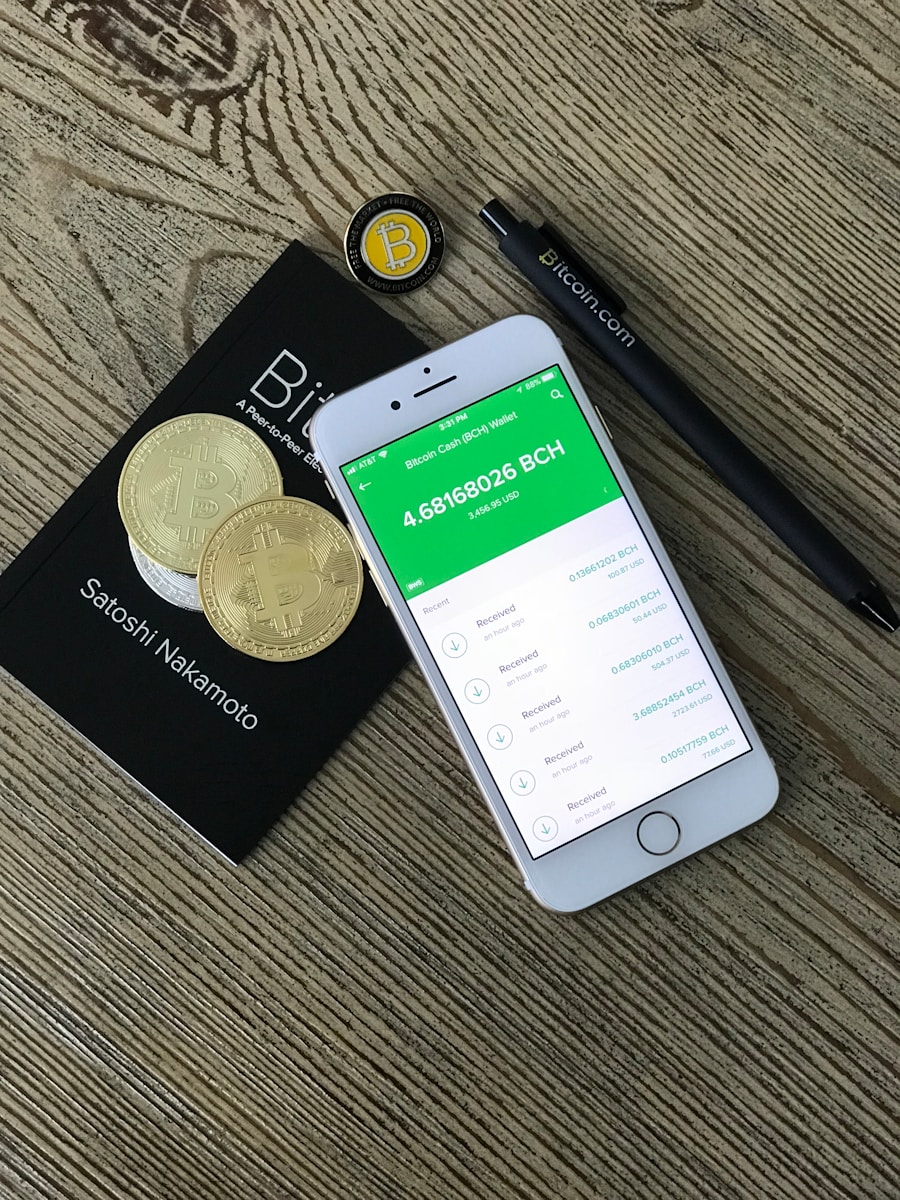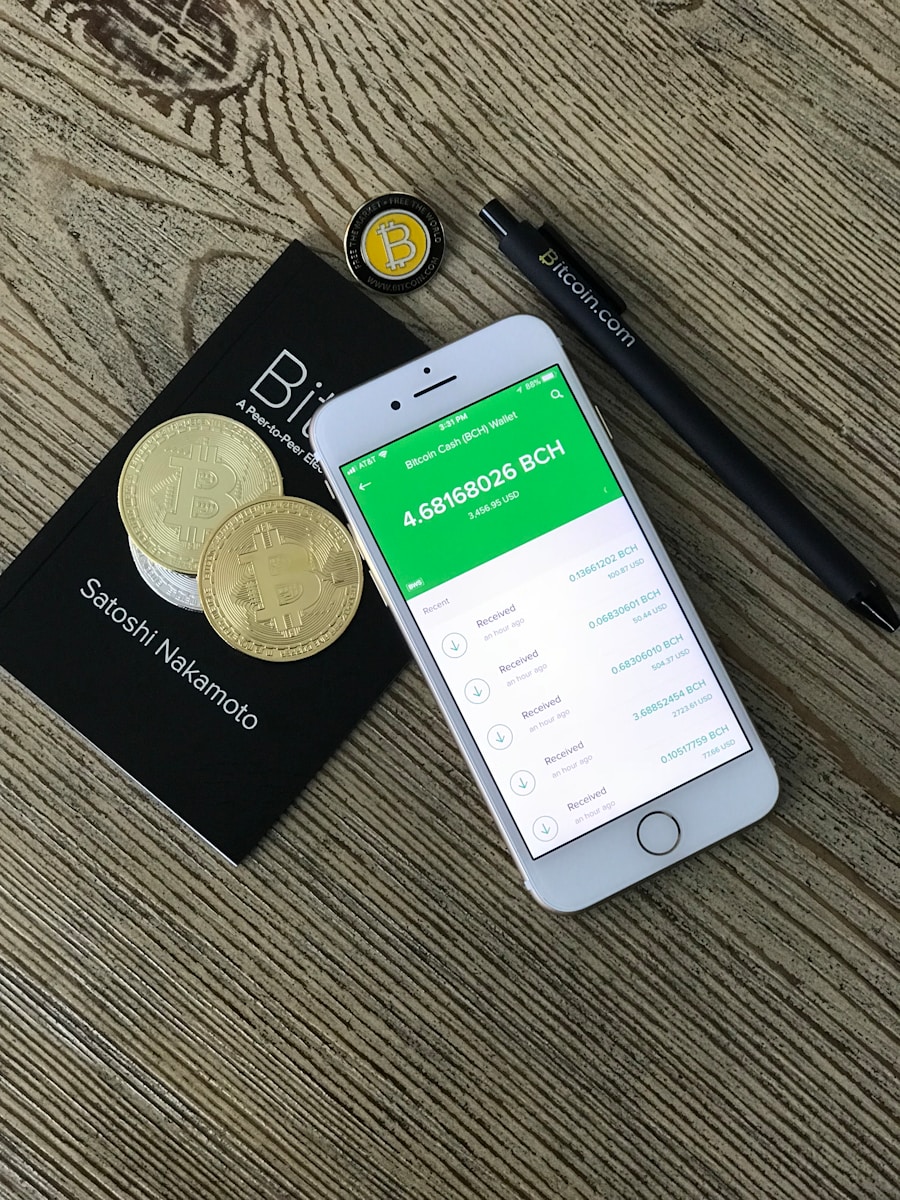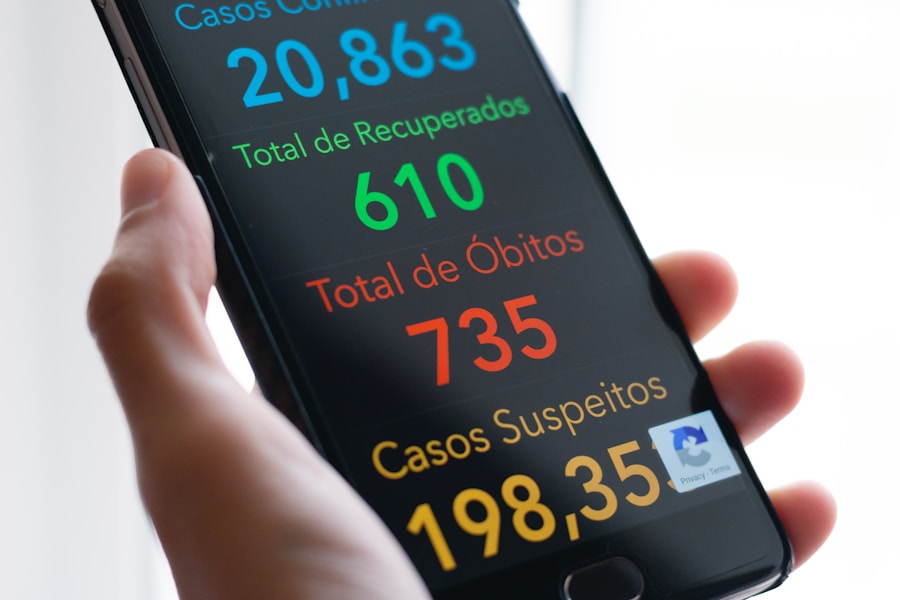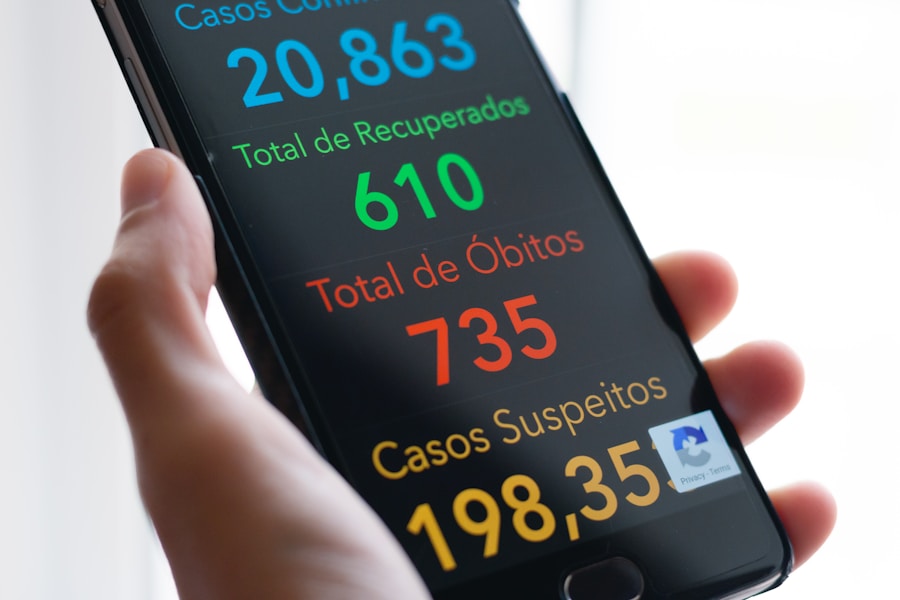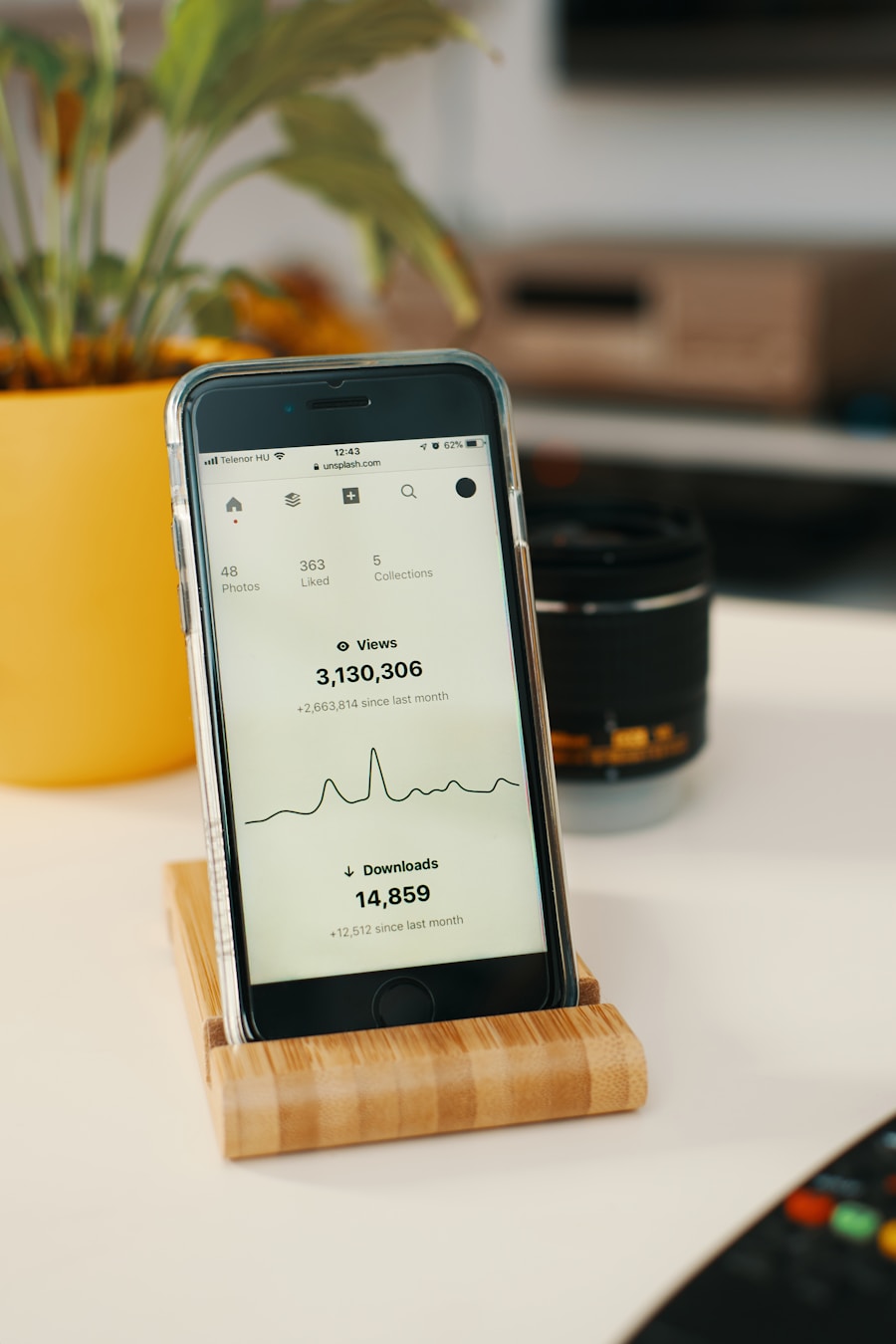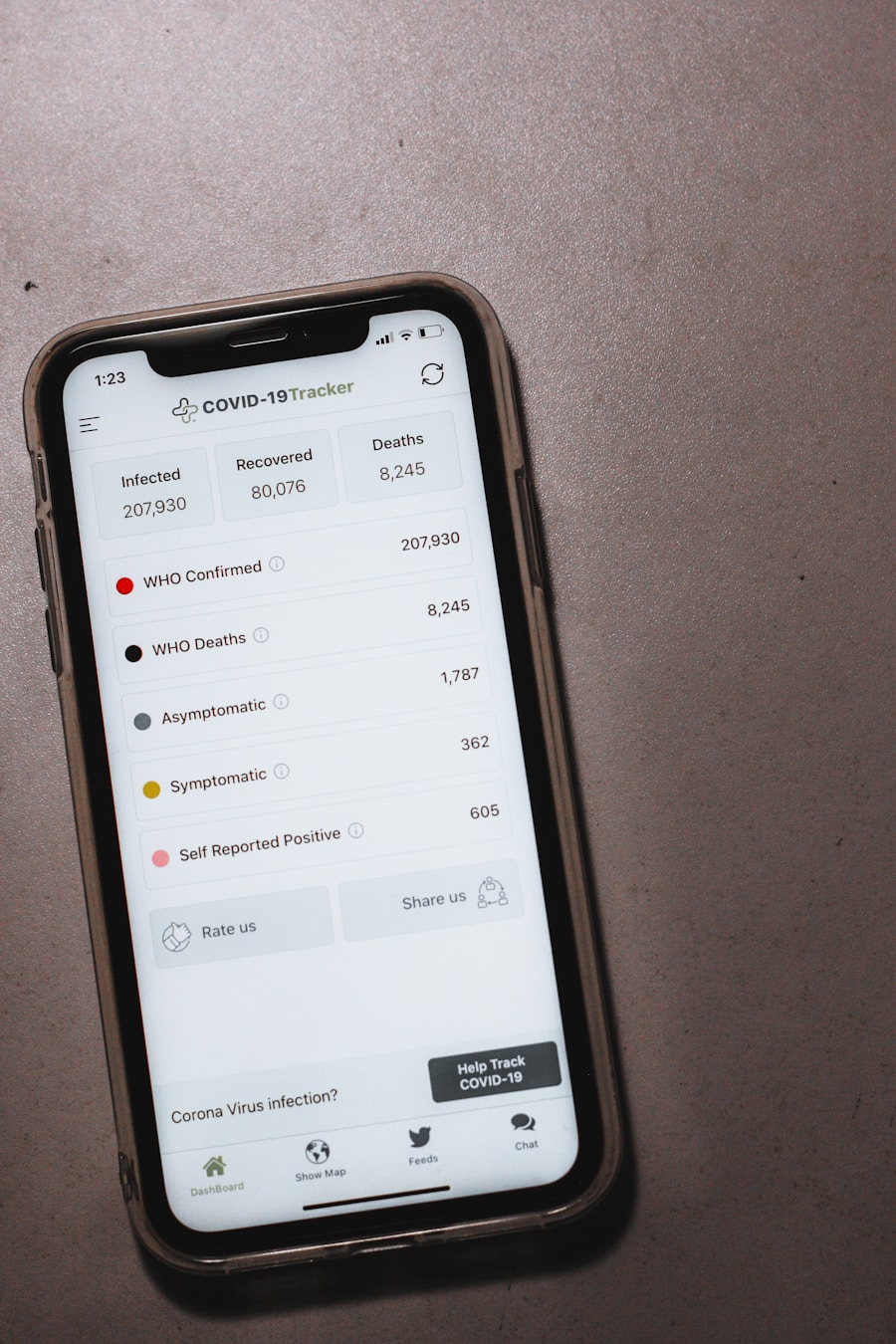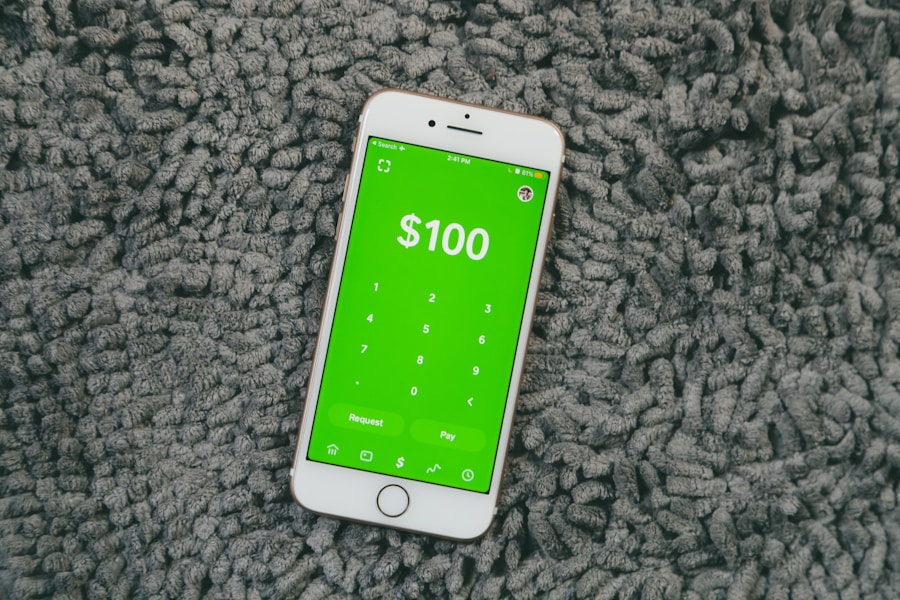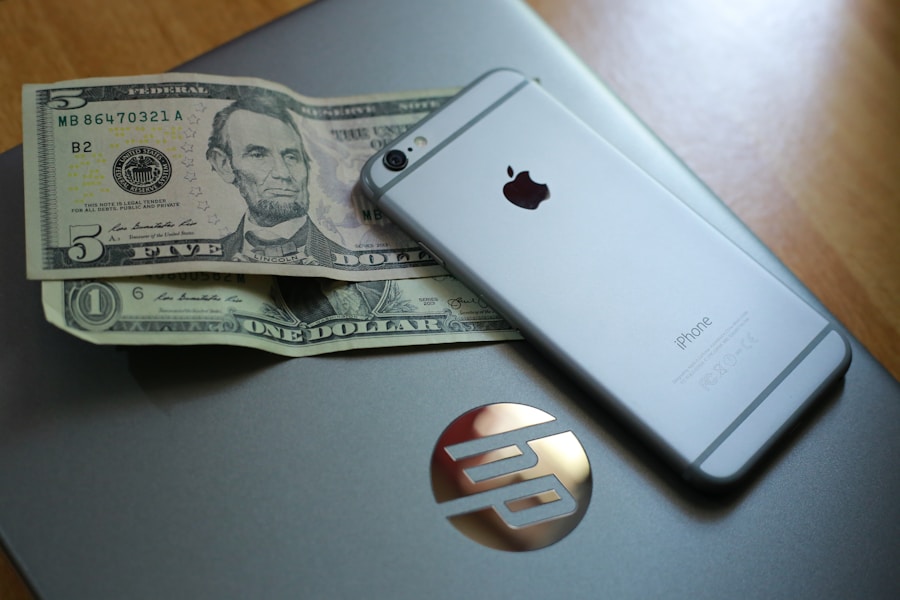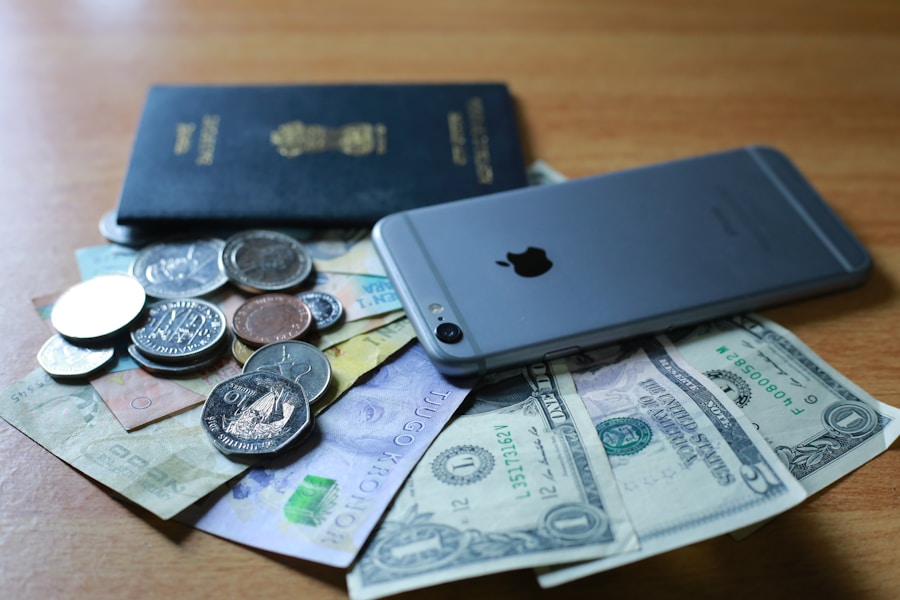In an era where financial literacy is paramount, the Budget Calendar App for iPhone emerges as a vital tool for individuals seeking to take control of their finances. This application is designed to streamline the budgeting process, making it accessible and user-friendly for everyone, from seasoned financial planners to those just beginning their journey toward fiscal responsibility. With its intuitive interface and robust features, the app allows users to visualize their financial landscape, set goals, and track their progress in real-time.
The Budget Calendar App integrates seamlessly with the iPhone’s existing functionalities, leveraging the device’s capabilities to enhance the budgeting experience. Users can easily navigate through various features, such as setting up budget goals, tracking income and expenses, and analyzing spending habits. The app not only serves as a budgeting tool but also as a financial companion that encourages users to develop healthier spending habits and make informed financial decisions.
By utilizing this app, individuals can cultivate a proactive approach to managing their finances, ultimately leading to greater financial stability and peace of mind.
Key Takeaways
- The Budget Calendar App for iPhone is a powerful tool for managing your finances on the go.
- Setting up clear and achievable budget goals is essential for successful financial planning.
- Tracking your income and expenses in real-time helps you stay on top of your budget.
- Creating customized budget categories allows you to tailor your budget to your specific needs.
- Setting reminders for bill payments ensures that you never miss a payment and incur unnecessary fees.
Setting Up Your Budget Goals
Setting Realistic Goals
When setting up budget goals, it is essential to consider both short-term and long-term aspirations. Short-term goals might include saving for a vacation or paying off a credit card, while long-term goals could involve building an emergency fund or saving for retirement.
Customizable Goal-Setting Features
The app encourages users to articulate these goals clearly, allowing them to visualize their financial targets and stay motivated throughout their budgeting journey. The app offers customizable goal-setting features that enable users to specify the amount they wish to save or allocate within a particular timeframe. For instance, if a user aims to save $1,200 for a vacation in one year, they can set a monthly savings goal of $100.
Tracking Progress and Adjusting Goals
This feature not only breaks down larger goals into manageable chunks but also provides users with a sense of accomplishment as they track their progress over time. Additionally, the app allows users to adjust their goals as circumstances change, ensuring that their budgeting strategy remains flexible and relevant.
Tracking Your Income and Expenses
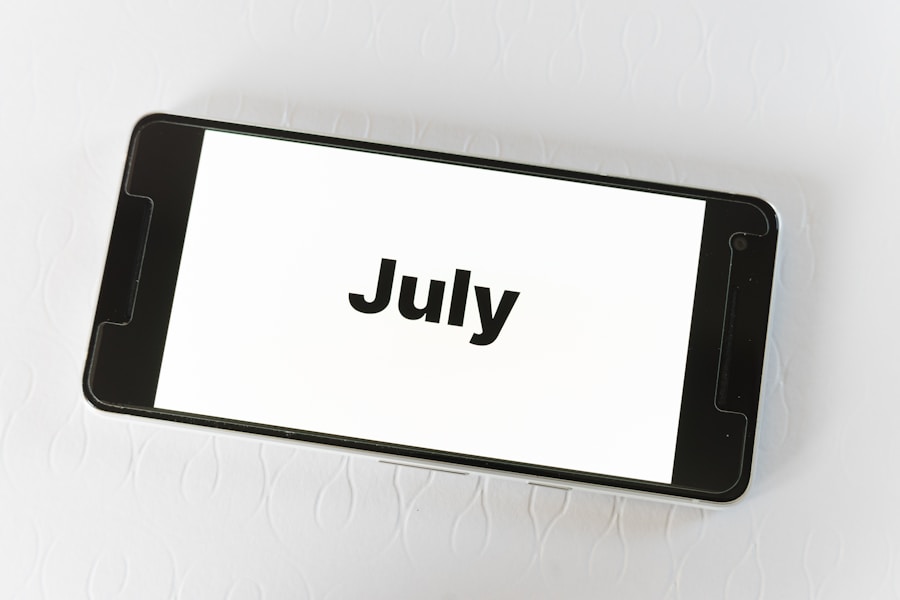
A critical aspect of effective budgeting is the ability to accurately track income and expenses. The Budget Calendar App simplifies this process by providing users with an easy-to-use interface for logging their financial transactions. Users can input their income sources, such as salaries, freelance work, or investment returns, and categorize their expenses into various segments like groceries, utilities, entertainment, and more.
This level of detail enables users to gain a comprehensive understanding of their financial inflows and outflows. Moreover, the app offers features that allow users to view their income and expenses in real-time. By generating visual representations such as graphs and charts, users can quickly identify trends in their spending habits.
For example, if a user notices that they consistently overspend on dining out each month, they can make informed decisions about adjusting their budget in that category. This real-time tracking capability empowers users to stay on top of their finances and make necessary adjustments before they encounter financial difficulties. To learn more about effective budgeting and financial management, you can visit the Investopedia website.
Creating Customized Budget Categories
| Category | Percentage of Total Budget | Amount Spent |
|---|---|---|
| Housing | 30% | 1,500 |
| Transportation | 15% | 750 |
| Food | 20% | 1,000 |
| Entertainment | 10% | 500 |
| Savings | 15% | 750 |
| Utilities | 10% | 500 |
One of the standout features of the Budget Calendar App is its ability to create customized budget categories tailored to individual needs. Unlike many budgeting tools that offer rigid categories, this app allows users to define their own categories based on personal spending habits and lifestyle choices. For instance, a user might create categories such as “Fitness,” “Travel,” or “Hobbies,” which reflect their unique interests and priorities.
This customization fosters a more personalized budgeting experience, enabling users to allocate funds in a way that resonates with their values. By categorizing expenses according to personal significance, users are more likely to adhere to their budgets and make conscious spending decisions. Additionally, the app provides insights into how much money is being spent in each category over time, allowing users to identify areas where they may need to cut back or reallocate funds.
This level of granularity not only enhances accountability but also encourages users to engage more deeply with their financial management.
Setting Reminders for Bill Payments
Timely bill payments are crucial for maintaining a healthy credit score and avoiding late fees. The Budget Calendar App addresses this need by offering robust reminder features that help users stay on top of their financial obligations. Users can input due dates for various bills—such as utilities, credit cards, and subscriptions—and set reminders that alert them ahead of time.
This proactive approach minimizes the risk of missed payments and fosters a sense of financial discipline. The reminder feature can be customized according to user preferences; for example, some may prefer reminders a week in advance, while others might opt for notifications a day before the due date. This flexibility ensures that users can tailor the app’s functionality to fit their lifestyle.
Furthermore, the app can sync with the iPhone’s calendar, allowing users to see all their financial obligations alongside other important events in their lives. This integration creates a holistic view of one’s schedule and helps prioritize financial responsibilities effectively.
Analyzing Your Spending Habits

Understanding spending habits is essential for effective budgeting, and the Budget Calendar App excels in providing analytical tools that help users gain insights into their financial behaviors. The app compiles data from tracked expenses and presents it in an easily digestible format through charts and reports. Users can analyze their spending patterns over various timeframes—weekly, monthly, or annually—allowing them to identify trends and make informed decisions about future expenditures.
For instance, if a user discovers that they consistently spend more than anticipated on entertainment each month, they can delve deeper into those transactions to understand why this is happening. Are they dining out too often? Are they subscribing to multiple streaming services?
By pinpointing specific areas of overspending, users can take actionable steps to adjust their budgets accordingly. The analytical features not only promote accountability but also empower users to make strategic changes that align with their financial goals.
Syncing with Other Financial Apps
In today’s interconnected digital landscape, the ability to sync with other financial applications enhances the functionality of budgeting tools significantly. The Budget Calendar App recognizes this need by offering integration capabilities with various financial apps such as bank accounts, investment platforms, and expense trackers. This synchronization allows for automatic updates of income and expenses without requiring manual entry, saving users time and reducing the likelihood of errors.
For example, when linked with a bank account, the app can automatically import transactions, categorizing them based on user-defined settings. This feature not only streamlines the tracking process but also provides a more accurate picture of one’s financial situation in real-time. Additionally, syncing with investment apps allows users to monitor how their investments impact overall financial health while keeping budgeting efforts aligned with long-term wealth-building strategies.
Tips for Successful Budgeting with the App
To maximize the benefits of the Budget Calendar App, users should adopt certain best practices that enhance their budgeting experience. First and foremost, consistency is key; regularly updating income and expenses ensures that users have an accurate view of their finances at all times. Setting aside dedicated time each week or month for this task can help establish a routine that fosters accountability.
Another effective strategy is to review budget goals periodically. Life circumstances change—whether due to new job opportunities or unexpected expenses—and adjusting budget goals accordingly ensures that they remain relevant and achievable. Users should also take advantage of the app’s analytical features by regularly reviewing spending habits and making necessary adjustments based on insights gained from data analysis.
Engaging with community features within the app can also provide motivation and support. Many budgeting apps offer forums or social sharing options where users can exchange tips and experiences with others on similar financial journeys. This sense of community can be invaluable in maintaining motivation and accountability over time.
By implementing these strategies alongside the powerful features of the Budget Calendar App for iPhone, users can cultivate a more disciplined approach to budgeting that not only helps them achieve their financial goals but also fosters long-term financial well-being.
If you are looking for a budget calendar app for your iPhone, you may also be interested in learning how to link your bank account to the best personal finance app. By connecting your bank account to a finance app, you can easily track your expenses and income, making budgeting even more efficient. Check out this article for more information on how to streamline your financial management.


